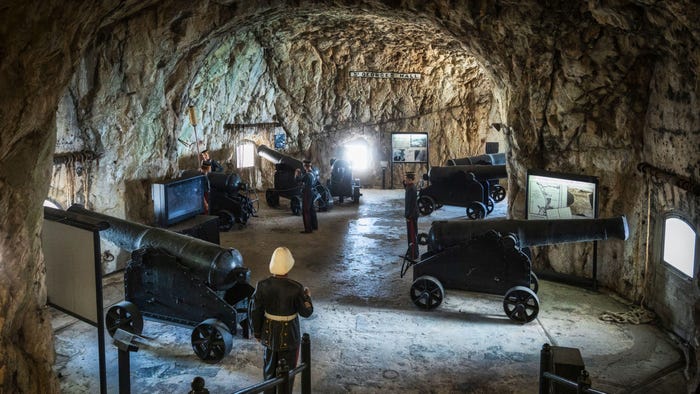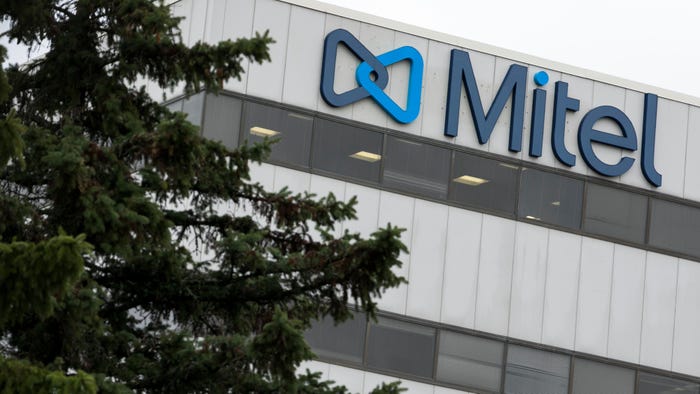Optical Scanning Machines, Not Just DREs, Giving Voters Trouble Today
If voters do not even have confidence in the voting machines recommended by the Verified Voting Foundation, what hope have we in any voting system in use today?

If voters do not even have confidence in the voting machines recommended by the Verified Voting Foundation, what hope have we in any voting system in use today?Luckily, none of the technical problems thus far experienced by voters have been called "systemic," but rather are isolated incidents.
Nonetheless, it was no doubt frustrating and perhaps shocking to some citizens when, after waiting in line for hours at their local polling places, they were told that the optical scan voting machines were malfunctioning; voters were given the option of waiting for the machines to be repaired or filling out the paper ballot and relying on poll workers to scan the paper ballot when the scanning machines were once again fully functional.
Optical scanning machines are preferred by the nonprofit organization Verified Voting because they automatically provide a paper trail, unlike most direct recording electronic machines (DREs, which are most often thought of in discussions about e-voting.)
Optical scan machines basically work like those ScanTron machines you might have used when taking tests back in high school. You're given a paper ballot, you fill in some boxes or circles with your choices. You then personally insert the paper ballot into the machine, which scans your answers, adds them to the tally, and then drops the paper into a secured box. So in the event of a recount (or in the event that the polling station was randomly selected for a mandatory audit), the machine's tally could be compared against a manual count of the paper ballots filled out and confirmed by each voter.
Yet some troubles have been reported with these optical scan machines today, including quite a low-tech problem -- after heavy rain, the paper ballots at one Virginia polling station were damp, and were getting stuck in the scanning machine.
This morning Tom Brokaw, current moderator of "Meet the Press" and the moderator of one of the presidential debates, said that regardless of who wins, the nation needs to fix the problems with the voting system. It would be difficult to make a convincing counter-argument.
Some of the swing states being given the most attention by analysts and candidates today are Ohio, Florida, Colorado, and Virginia. Florida has the most rigorous policy, requiring both a voter-verified paper trail and a manual audit of randomly selected polling places -- some of these paper ballots, however are still the infamous "butterfly" ballots that had the country hanging in an uncomfortable suspense during the 2000 election. Colorado also requires a VVPR and manual audits, but according to Verified Voting, Colorado is "shown as having a VVPR requirement because they have enacted VVPR legislation, but these states' requirements will not be fully implemented until after 2008." Ohio has a VVPR requirement, but no audit requirement, and Virginia requires neither the paper trail nor the audit.
See the requirements for other states here.
About the Author
You May Also Like




